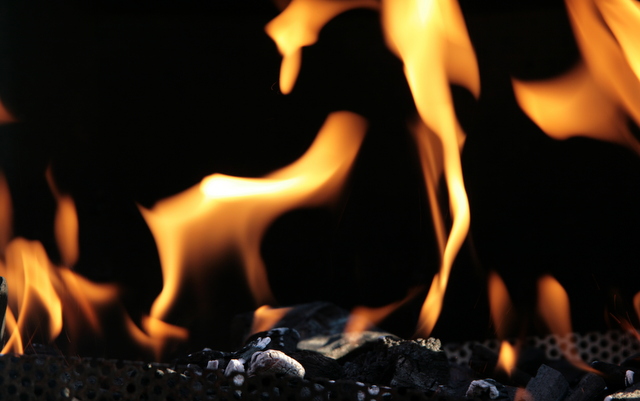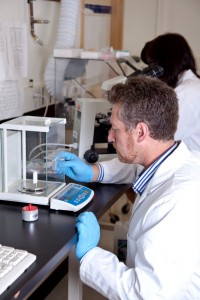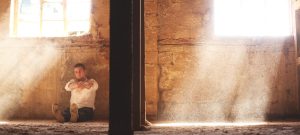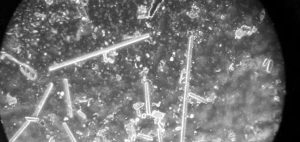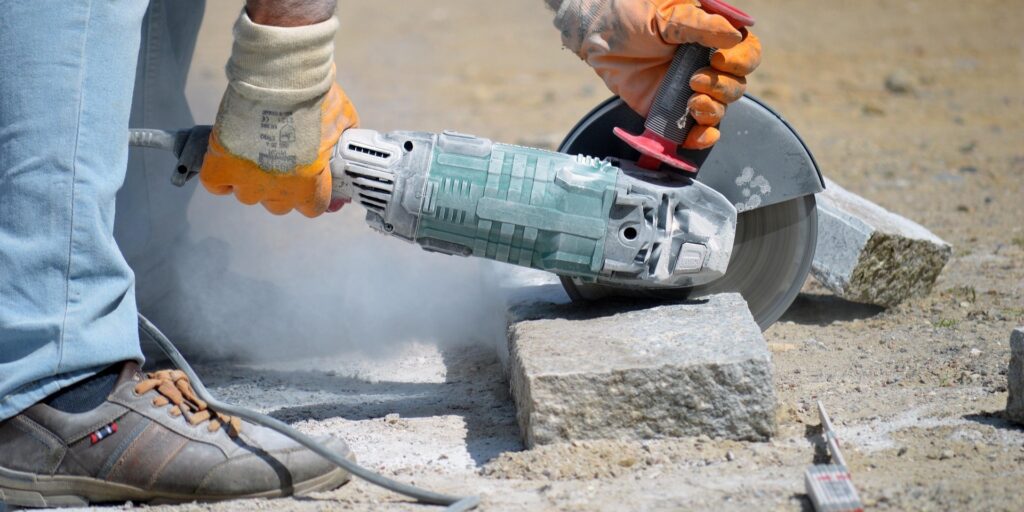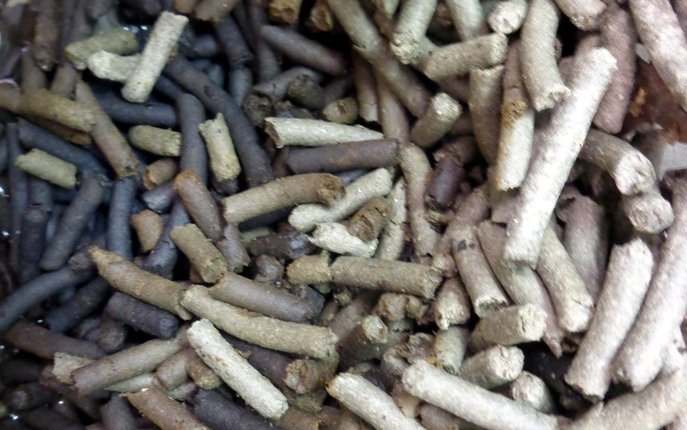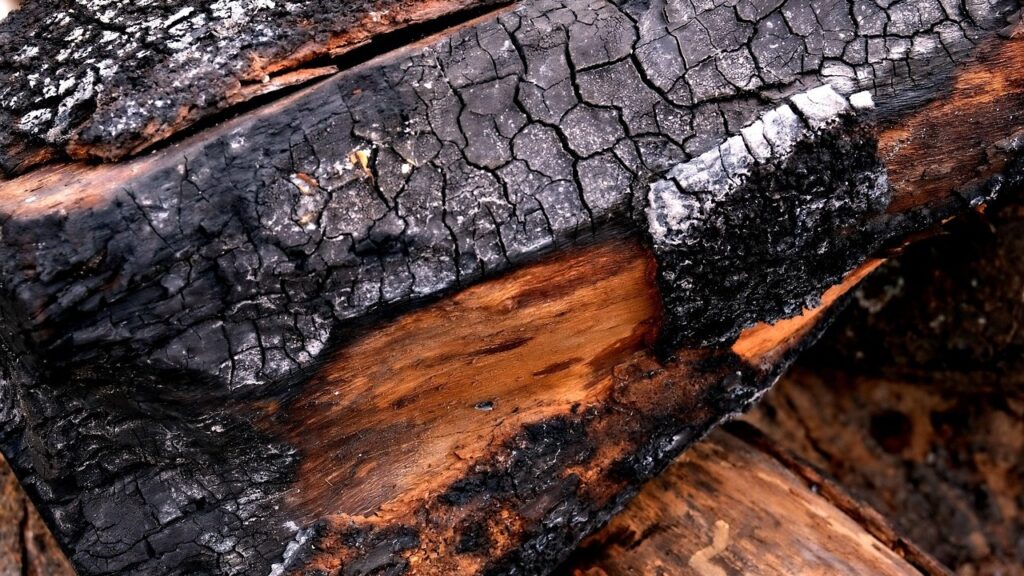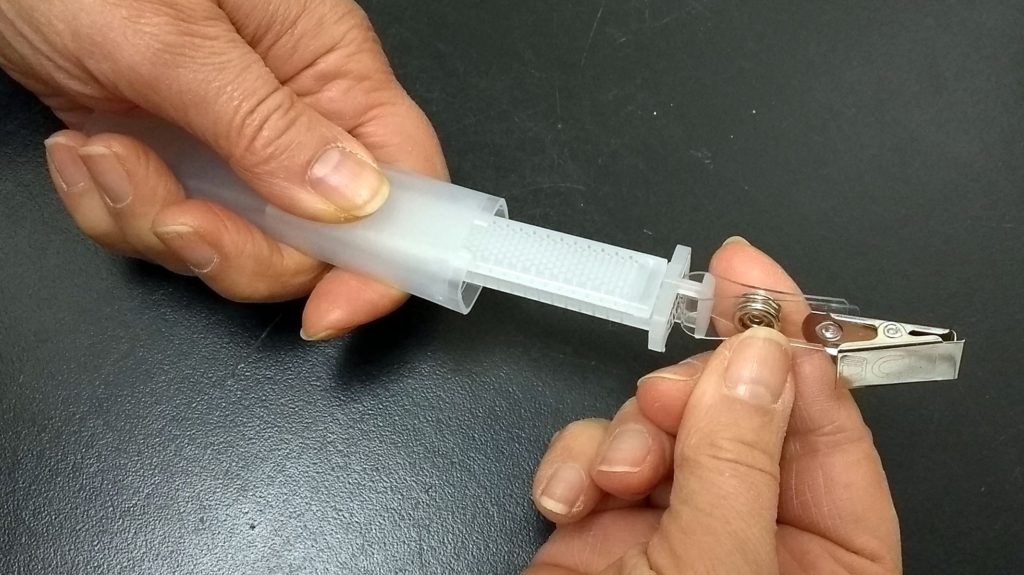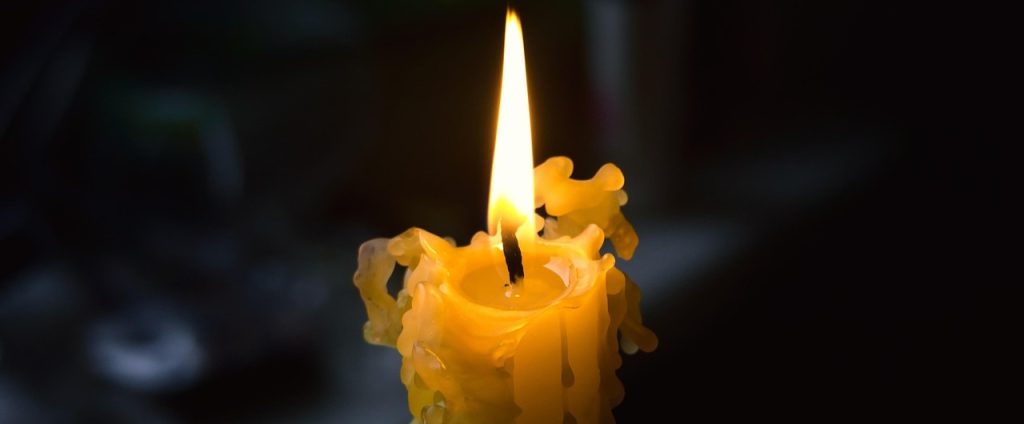At LCS Laboratory Inc., we offer a comprehensive range of tests specifically designed for Fire Investigators, Fire Damage Appraisers, and Insurance Professionals. These tests identify traces of smoke and fire damage that may not be immediately visible. By analyzing surface cleanliness, air contamination, odours, and more, we help professionals assess fire-related damage with precision.
Common Chemical Classes Found in Fire-Damaged Buildings
- Gases • Examples: Carbon Dioxide, Carbon Monoxide, Formaldehyde, Ammonia. • These toxic gases are typically present immediately after a fire but dissipate within hours. While they are not usually a concern in long-term fire damage assessments, their presence can pose acute health risks.
- Solvents and Organic Vapors • Detected by a “chemical” smell in the air. • These vapors often originate from spilled household chemicals rather than the fire itself. Elevated solvent levels suggest a spill requiring cleanup. LCS Laboratory measures solvent concentrations in air samples to help assess contamination.
- Creosote Mist and Vapors (Volatile Fraction) • Creosote is a dark-brown, viscous liquid with a high boiling point (200°C-600°C). • Responsible for the characteristic “fire smell” due to volatile phenols and aromatic compounds. • Toxic and carcinogenic, creosote consists of complex mixtures, including: Phenols. • Polycyclic Aromatic Compounds (PAC). • Polynuclear Aromatic Hydrocarbons (PAH).
- Creosote Tar Deposits (Non-Volatile Fraction) • Forms as brownish deposits on walls, floors, ceilings, and other smoke-damaged surfaces. • Can cause eczema upon skin contact, and some components are carcinogenic. • LCS Laboratory analyzes swab samples to detect creosote and its components.
- Soot in the Air • Soot comprises fine carbon particles from the incomplete combustion of organic materials (e.g., wood, fuel, paper). • Also known as “Elemental Carbon” or “Diesel Particulates.” • Health risks (per OSHA): • Eye irritation. • Potential lung damage. • Suspected carcinogenicity.
- Soot Deposits • Appears as fine black deposits on surfaces within smoke-damaged buildings. • Can be collected on alcohol wipes for laboratory testing. • Commonly used to determine the extent of smoke damage. Soot is formed inside the flame plasma, and then can travel great distances through the buildings.
- Ash Deposits • This test identifies fire ash traces in dust, distinguishing it from industrial dust. • Ash is a mineral residue left after the complete combustion of solids. Where possible it must be collected on “Biotape” of transparent tape.
- Char Deposits • This test identifies char in settled dust, distinguishing it from industrial dust. • Helps determine whether cleaning responsibility lies with the insurer or the client.
Contact Us
If you need fire investigation tests or additional laboratory services, contact LCS Laboratory Inc. at your convenience. Our team is ready to assist you in assessing fire damage with reliable and accurate testing solutions.

